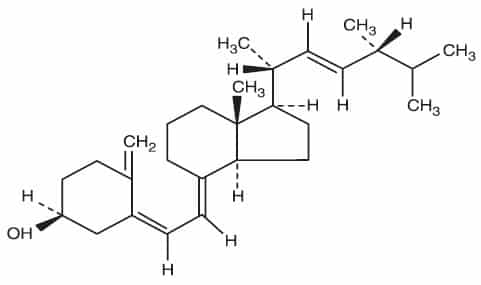Why is flu seasonal?

The sun is the single best source of vitamin D. No, it is not milk folks. This is the crux behind why flu is seasonal. Flu season is in the winter, the precise time of the year when flu thrives. This is a result of having less direct sunlight reaching our skin. As we near winter months, the northern hemisphere of earth tilts away from the sun causing it to sit lower in the sky. As a result, we get less sunlight in both duration and intensity. Guess what? Southeast Asia also has a flu season. It’s exactly during their monsoon season, which lasts several months of the year. Coincidence? Nope. Less sunlight means less vitamin D.
How does the sun provide vitamin D?


Vitamin or Hormone?
So? Where is the evidence?
I’ll cite a few references providing credibility for the above statements. If you’d like more I will gladly provide them. First, a study published in 2006 concluded three independent research groups have shown that vitamin D dramatically stimulates genetic expression of antimicrobial and antiviral activity in human monocytes and neutrophils[1]. These are the exact cell types that comprise your innate immune system. This is not the result of a vaccine.
Health is not valued until sickness comes.
-Thomas Fuller
Another study published results of a three-year trial of vitamin D supplementation. One group supplementing 800 IU/day of vitamin D reduced the incidence of colds and flu by 70% in test subjects. In the group taking 2,000 IU/day the incidence of colds and flu was reduced by nearly 100%. Only 1 in 104 subjects developed cold or flu[2].
In order to be sufficient, you need to supplement 5,000 IU/day of vitamin D. This varies based on your body weight. However, the data clearly indicates that this daily dose is most effective of maintaining sufficient levels of vitamin D.


